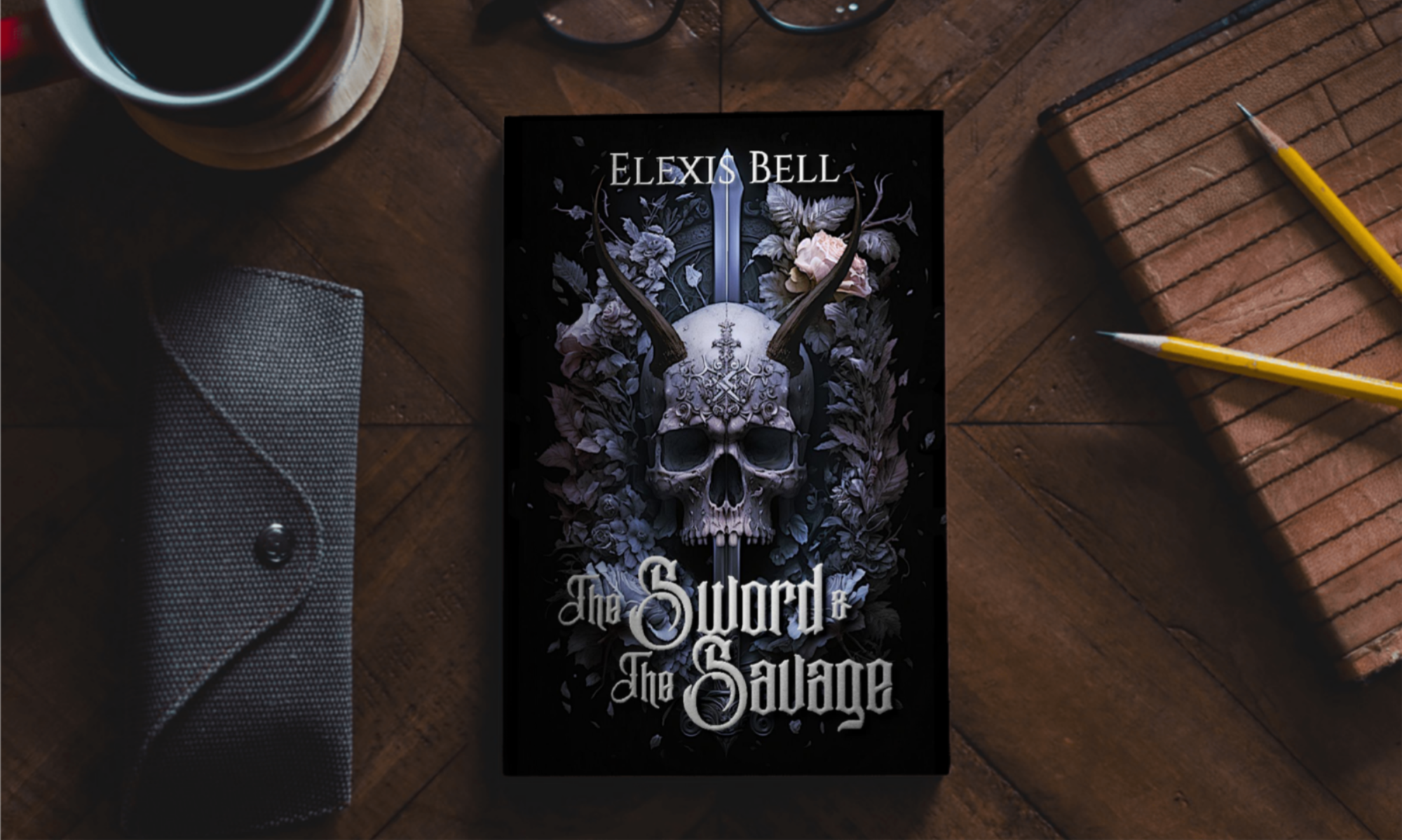Now that you have some basic knowledge of typography and some resources to pick and choose images from, lets talk about the art itself.
There are a lot of things that come into play when creating art, and the rules and practices change depending on the medium and the style you’re working within. There’s a reason it takes many people years of study to become proficient in any artform.
Today, we’re going to cover a few basics. But first, the most important thing to remember is that your cover needs to do a couple very specific things. It needs to get (good) attention, it needs to convey something about your book, and it needs to fit the genre of your book.
So, with those things in mind, here are some things to remember while selecting artwork:
Composition
A good composition will have a defined focal point. You don’t want your cover to have so much going on that it loses all focus. Then, you run the risk of confusing readers or just flat out scaring them away.
You can use leading lines to direct the viewer’s eyes to certain areas of the cover. These can be a sword or a sweep of hair or a lifted arm. You can use these leading lines to show the viewer around the cover or direct them to the focal point.
Odd numbers of items/people and ‘S’ curves are very appealing in compositions.
Color scheme
Do you need a color scheme? Yes.
Your cover should be cohesive. If you have clashing colors and no discernible reason for those colors to be there, you’ll only scare readers away.
Pick a few colors that work together and stick with them.
Eye-catching
The entire point of a cover is to draw readers in. Thus, it needs to catch their eye.
You don’t need a massive landscape shrunk to fit on the cover. You don’t have to have explosions and boobs.
You need something that is aesthetically pleasing, something that stands out.
Genre appropriate
And yet, your cover needs to fit in.
Every genre has trends. Sometimes it’s okay to break from trends, but they do happen for a reason. They show what readers expect from that genre and helps a reader easily identify what kind of book they’re looking at.
Study other books in your genre to get ideas of the current trends.
Relevancy
Your cover should tell potential readers something about your book specifically so they have an idea of what they’re getting into.
If you have a dragon on your cover, they know to expect a dragon in the story. If you have a sword and some magical effects, they know to expect a sword and sorcery type book.
If your cover has a bloody knife on the beach, they know to expect a summer murder story.
Make sure your story gives a hint at what they’ll find within the pages. Just don’t beat yourself up trying to get the whole story onto the cover. Again, you don’t want the cover to become overwhelming or confusing.
Lighting
If you’re combining different images, you need to make sure the lighting is the same in each one. The images will have their own light sources within them, coming from their own directions.
You need to flip the various elements to align these light sources, otherwise you might end up with a character whose boobs are lit from one direction, the highlights on their wings are on the wrong side, and their shadow goes a completely different direction.
And that just doesn’t look right.
You may even have to adjust the lighting and shadows manually in photo editing software.
Aspect Ratio
Don’t squish an image to fit it onto your cover. It will be obvious. And it will look terrible.
Borders
Please, don’t.
The picture already has a natural border. It’s called the edge of the cover.
Use all the space you have available on that cover. It’s your first attempt to draw a reader in. It’s a major marketing tool.
Why waste it with a border?
Of course, as with any artform, rules and advice are more like guidelines. Professionals can break any rule if they have sufficient reason and do it in a way that comes across as very intentional. It just takes a lot of skill and work to get it to work.
So, one of the most important things to do when designing a cover is to get feedback. From authors. From readers. From artists. Seek feedback, and listen. Make changes as necessary.
Don’t forget to sign up for my newsletter here to stay up to date on all my books and get sneak peeks at my own covers and character art. Come back next week for more writing related tips and tricks.
Keep reading. Keep writing.
Later.
